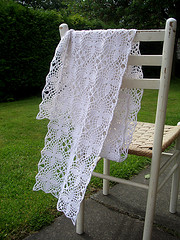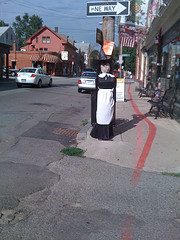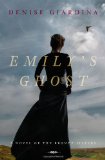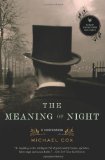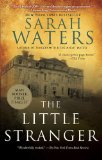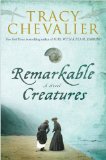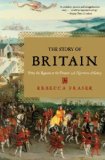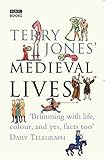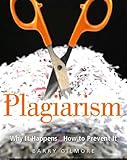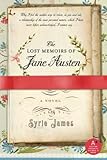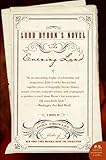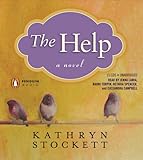 Hello all. I have been lax about my blogging schedule this week as I returned to work for pre-planning. The first day of school is tomorrow. The day I stop being excited and nervous about the first day is probably the day I should retire. We have had intermittent Internet connection problems here at the Huff casa, and I’m pretty sure it’s either our cable company or our cable modem, but I have to grab time to do my work and to write here and elsewhere when it’s available.
Hello all. I have been lax about my blogging schedule this week as I returned to work for pre-planning. The first day of school is tomorrow. The day I stop being excited and nervous about the first day is probably the day I should retire. We have had intermittent Internet connection problems here at the Huff casa, and I’m pretty sure it’s either our cable company or our cable modem, but I have to grab time to do my work and to write here and elsewhere when it’s available.
I’m still reading The Physick Book of Deliverance Dane by Katherine Howe, but I’m approaching the end. I might finish it today if I get the chance to sit down and read, but I also have some planning to do for school, so I’m not sure. I’m looking for good witchy book recommendations if you have any.
I finished A Farewell to Arms yesterday. Shelfari tells me that was my 23rd book this year, which makes me really happy because I only read 23 total for the entire year of 2009. It looks like 2010 should be better. My review of Georgette Heyer’s Regency romance Charity Girl will be up at Austenprose toward the end of August, and once it appears, I’ll review it here, too.
I have had a few friends ask me about reading because I use Goodreads to post updates, and those updates appear on both Twitter and Facebook. One friend asked me how many books I usually read at the same time. I usually have three going. I have one on the Kindle, one on DailyLit, and one other book either on the Kindle or paperback/hardcover. I like to have choices so that if I’m feeling like switching things up, I can. I read the DailyLit selection each day whenever I can get the chance. The other two, I switch between. I did not used to be able to read more than one book at a time. I’m not sure why that changed. I have to say I feel tremendous pressure to read as many books as I can because I’m conscious I have a limited amount of time on earth. It’s probably morbid thinking, but it compels me to keep going.
I picked up The House of Seven Gables by Nathaniel Hawthorne on my Kindle. I haven’t quite started it yet.
So what are you reading?
photo credit: Wiertz Sébastien

